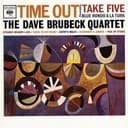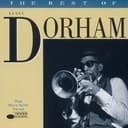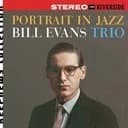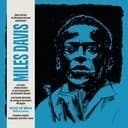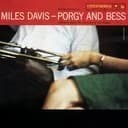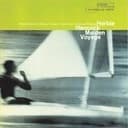Advanced Applications and Variations
Advanced jazz musicians extend B♭ Bebop Major scale concepts through modal interchange and superimposition. The scale can be applied over non-tonic chords to create outside sounds that resolve convincingly, or layered with other bebop scales (dominant or minor) to navigate complex harmonic situations. Exploring different rhythmic groupings beyond straight eighth notes—such as triplets, sixteenth notes, or displaced accents—reveals new melodic possibilities while maintaining the scale's fundamental chromatic logic.
Integration with Other Jazz Scales
The B♭ Bebop Major scale exists within a broader ecosystem of jazz scales. Understanding its relationship to the B♭ major scale foundation while recognizing connections to bebop dominant scales, diminished scales, and altered scales enriches harmonic comprehension. Practicing seamless transitions between the B♭ Bebop Major scale and related scales over common progressions develops the flexibility required for sophisticated jazz improvisation across diverse musical situations.
Repertoire and Performance Context
Numerous jazz standards in B♭ major provide practical vehicles for applying the B♭ Bebop Major scale. Compositions by Sonny Rollins, Clifford Brown, and other bebop-era composers frequently feature harmonic structures where this scale proves invaluable. Studying recordings in B♭ reveals how master improvisers navigate melodic lines, when they employ chromatic passing tones, and how they balance bebop scale vocabulary with other melodic approaches to create compelling, musically coherent solos.
Teaching and Learning Resources
For students learning the B♭ Bebop Major scale, methodical practice materials include play-along tracks featuring B♭ major harmony, etude books specifically focused on bebop language, and transcription exercises. Working with a qualified jazz instructor provides personalized feedback on phrasing, articulation, and stylistic authenticity. Digital tools and apps can assist with ear training, helping musicians recognize the bebop major sound and internalize its unique character within the broader context of jazz harmony and melody.
